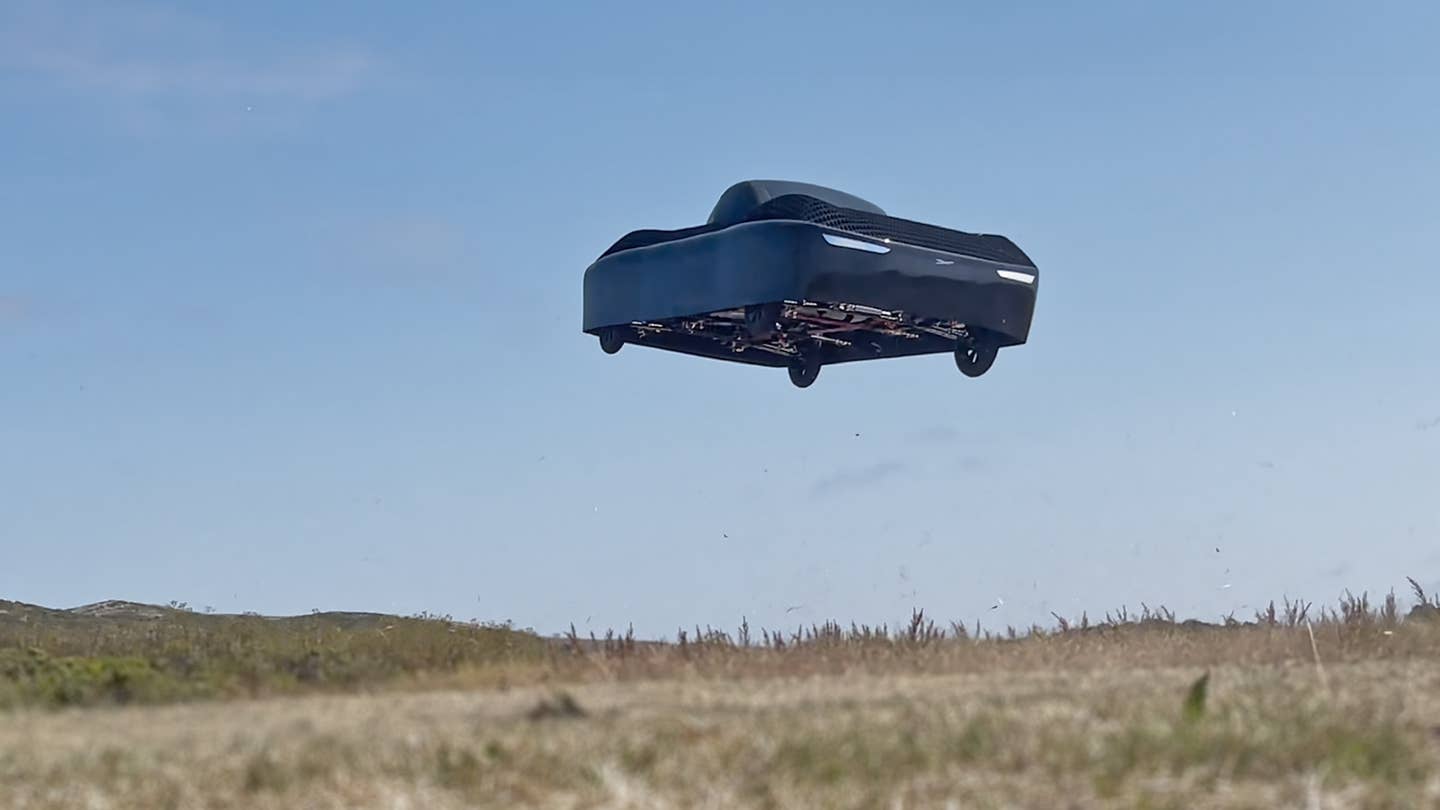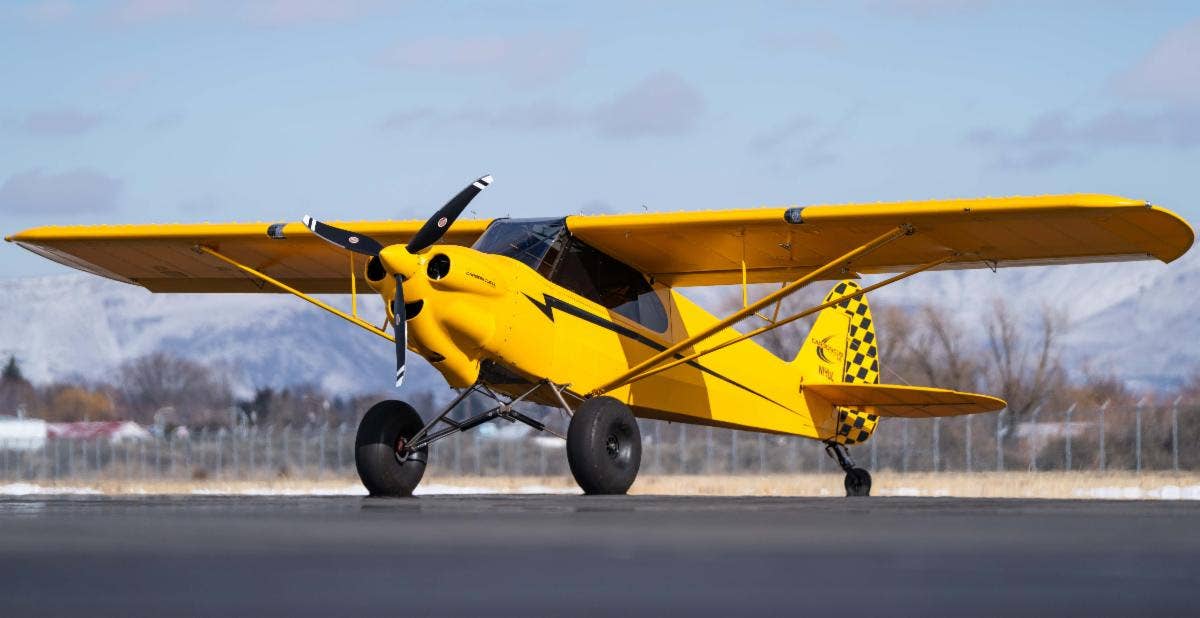
The computers driving modern avionics systems are capable of serving as flight data recorders, and in this case, they reveal the final moments that lead to the death of two pilots in a Cirrus SR22 crash. A video account of the accident is available on YouTube (see below).
The cousins, aged 23 and 34, died when their rented Cirrus SR22T crashed after performing an aileron roll that started at a GPS-recorded altitude of less than 250 feet. The Nov. 13, 2011, flight took place in central Florida. Flight data show that, two days before the crash, the pair had rolled the non-aerobatic airplane, as well as flown for extended periods of time at less than 1,000 feet agl and executed 70-degree steep turns close to the ground.
The 34-year-old right-seat pilot, who signed the rental agreement for the Cirrus, had logged 4,384 flight hours, including 183 in the make and model. He held extensive pilot ratings, including helicopter, multi-engine and instrument endorsements. According to the NTSB report of the accident, his record also shows that he had submitted a “letter of surrender” to the FAA in 2006, equating to an “unequivocal abandonment” of his commercial certificate. The letter was submitted as a “voluntary surrender in anticipation of FAA certificate action.” The NTSB included no further explanation of the circumstances.
On the accident flight, a pilot witness said he saw the Cirrus SR22 pitch up to about 30 degrees, then roll to inverted, reverse the roll and then pitch down, hitting the ground in an approximately 80-degree nose-down attitude. The Cirrus Aircraft Owners Association used the flight data from the accident airplane to create the video simulation of the accident flight.

Sign-up for newsletters & special offers!
Get the latest FLYING stories & special offers delivered directly to your inbox






